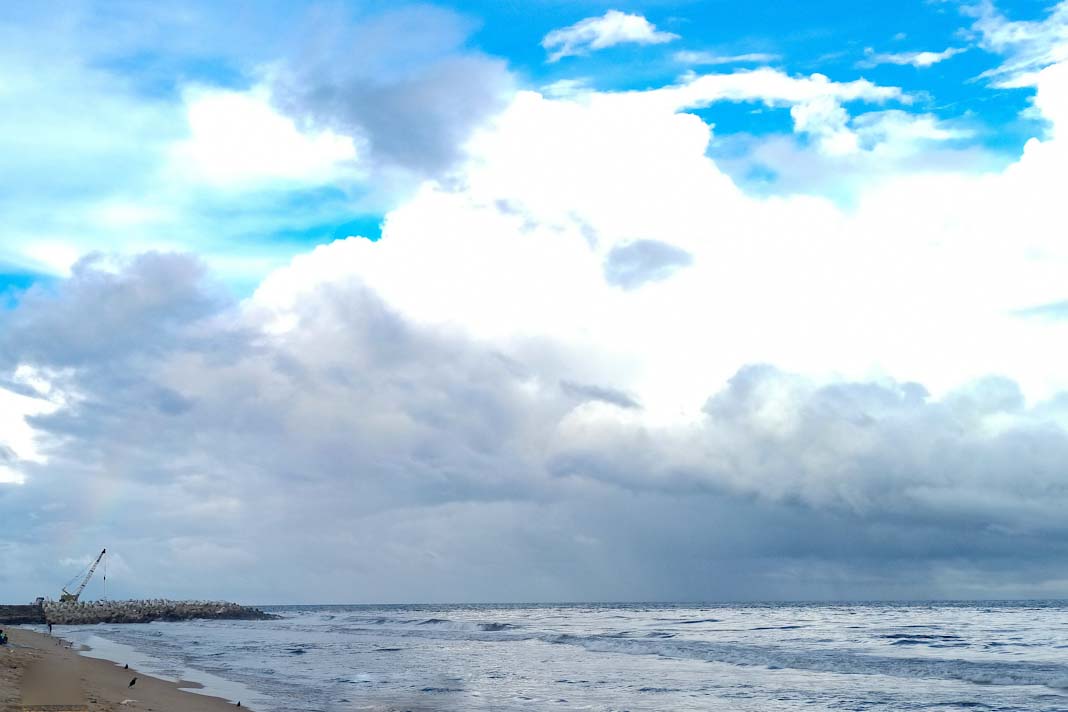- Shippers have adjusted to the rerouting of Asia-North Europe services around the Cape of Good Hope due to disruptions in the Red Sea and Suez Canal.
- While major carriers adapt their networks, container ports in North Europe are handling the influx of delayed ships.
- However, shippers are now calling for freight rates to stabilize at acceptable levels after a surge of 200%, reaching $5,000 per 40ft.
Shippers Adapt to Cape Diversions
Shippers operating on the Asia-North Europe route have successfully adapted their supply chains to the prolonged transit times resulting from the rerouting of vessels around the Cape of Good Hope. This adjustment comes in response to the ongoing disruptions in the Red Sea and the Suez Canal. Most major carriers, excluding CMA CGM, have temporarily modified their proforma networks and communicated revised estimated times of arrival (ETAs) to accommodate the longer voyages.
Freight Rates Emerge as a Concern
Despite shippers acclimating to the new routing, a growing concern revolves around freight rates. Between mid-December and mid-January, spot rates skyrocketed by approximately 200%, peaking at $5,000 per 40ft container. Shippers, eager to ensure timely shipments before the Chinese New Year, faced requests for rates reaching up to $10,000 per 40ft. Although rates have started to ease in recent weeks, industry participants are calling for a further stabilization of prices at levels deemed acceptable. Drewry’s WCI Asia-North Europe component observed a 6% decline last week, but rates remain approximately 170% higher than a year ago.
Container Ports Manage Influx, Some Challenges Persist
Container hub ports in North Europe appear to be effectively managing the arrival of off-schedule vessels, signaling a notable difference from the severe congestion experienced during the Suez Canal blockage in March 2021. While Hapag-Lloyd reports good operational levels at its North European hubs, challenges are emerging, particularly in Rotterdam. Export loads from Europe, adhering to weekly cycles, are encountering congestion as vessels rerouting around the Cape of Good Hope discharge into full stacks. Despite potential challenges, AIS data suggests that waiting times remain low, and the situation is being closely monitored for any future disruptions when the Suez routing is reintroduced.
Did you subscribe to our daily Newsletter?
It’s Free! Click here to Subscribe
Source: The Loadstar


















